Q uses a psychological measurement called the Global Predisposition Indicator or GPI. It has been developed, tested and refined over 25 years by Dr Steve Glowinkowski. He is a leading British Psychologist who’s life’s work has been the study of what successful people do differently, first in academia and then by working with some of the world's leading companies. This GPI measurement is then combined with co-founder Emer O'Donnell's coaching expertise.
The science shows that wellbeing and performance are closely associated. They are the natural outcomes if people are in their 'thrive zone'. Q understands that it is not who you are that matters, but how you behave in different circumstances and that how you behave is a personal choice. This is especially important because our behaviours don’t always serve us well, all of the time. So, with the right self-understanding, insight and direction, everyone can learn to adapt and change their behaviour to get the best out of themselves to learn new skills, promote their wellbeing, mental fitness and personal performance.
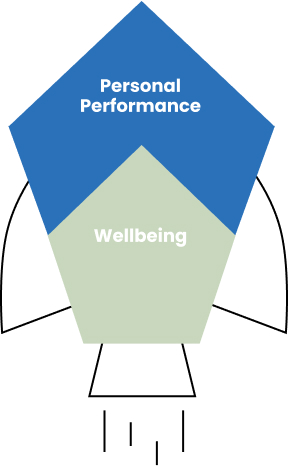
What Q Measures
The GPI in Q measures predispositions, which are your natural or preferred styles of thinking, feeling and behaving, normally formed by the age of 6 or 7. Here are some examples of predispositions:
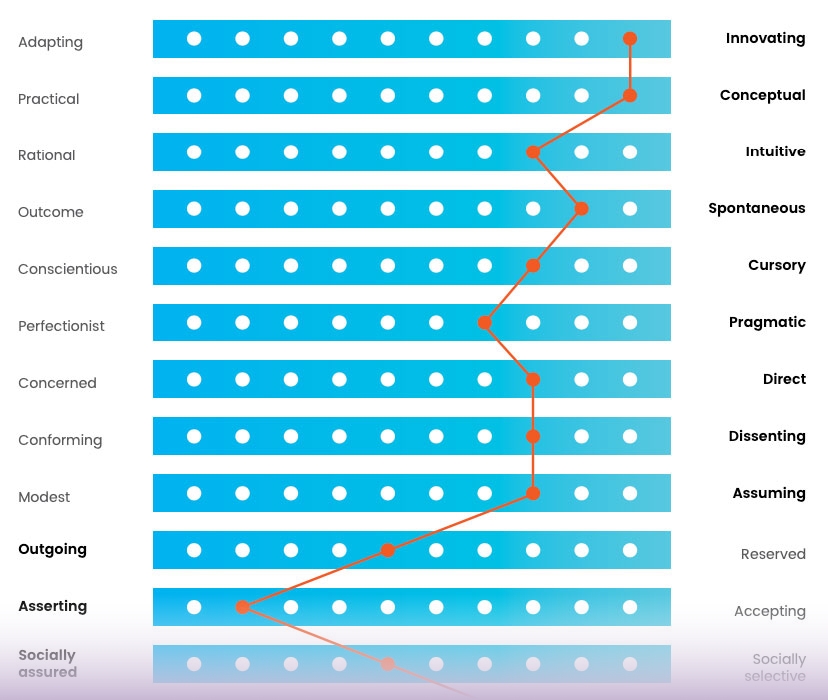
* A reading age of 10 is needed to complete the GPI. Q is for young people aged 12 to early 20 years old.
Predispositions while related to personality, are not the same thing. Here is the difference...
Predispositions
Who you are to you
Internal
Who you are on the inside
Your experience of what it's like
to be you
Natural
Your natural style of thinking and feeling
The behaviors you naturally find
easy or challenging
Stable
Relatively stable and consistent across
the lifespan
Personality
Who you are to others
External
Who you are on the outside
Other people’s experience of what
it’s like to be around you
Learnt
The visible aspect of your character
Your learnt qualities and patterns of
behaviour as seen by others
Changeable
Likely to change in specific ways as
you develop and learn new behaviours
The GPI in Q measures your predispositions in six different ways...
STYLE
Thinking
Performing
Socialising
Relating
Energising
Reacting
How you prefer to...
...think about tasks
...carry out tasks
...interact with others
...think and feel about others
...deal with your emotions and drivers
...express your self
Q then matches the impact of this personalised behavior information with the six key areas young people said they wanted support with
The GPI in Q is valid and reliable.
The GPI is unique in being both a diagnostic and predictive measurement of an individual’s behavioural predispositions. It has been tested globally on over 25,000 senior business people and 12,000 young people, who have also provided qualitative feedback on how accurately it captured them.
When compared with other psychological measurement tools, many of which measure personality e.g. Myers-Briggs, 16 PF, Hogan, OPQ and the California Personality Inventory the GPI performs exceptionally well using industry standard validation and reliability measures. These measures show it accurately measures what it purports to measure, and it does this reliably.
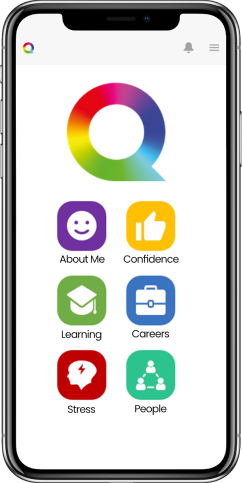
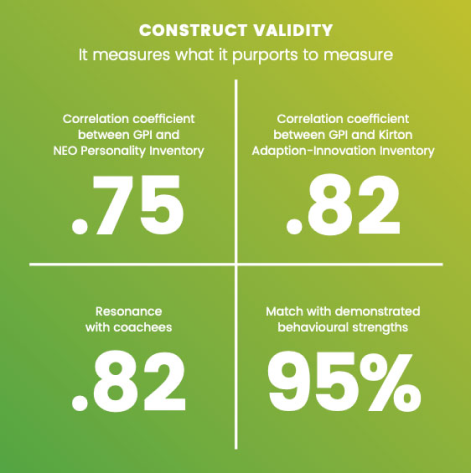
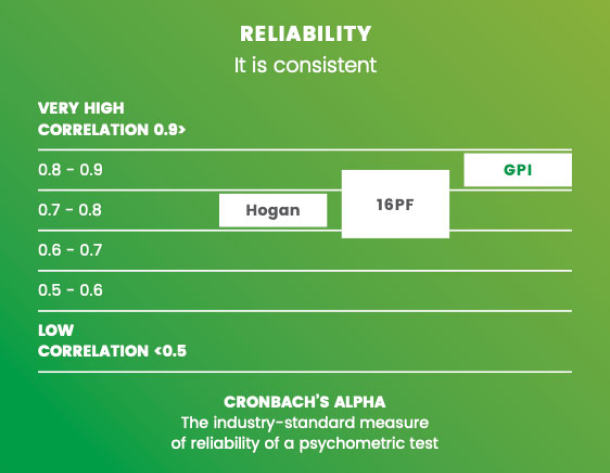

Q is...

Safe
Q is wholly positive in tone, sentiment and direction. It emphasises and builds potentials, it does not identify shortcomings. There is no good or bad and no judgement, just insight and clarity. It is about celebrating, emphasising and channelling what is unique about every individual. Q is entirely personal and private to the young person. The young person’s data is entirely their own and 100% protected. There is no advertising.

Secure
Q was conceived and built by design as a super-secure and super-private personal tool for young people.
Q operates as a web app which is accessed remotely by the young person over the internet from Quintillion’s custom- built proprietary software platform. Access to the young person's Q is governed by their own chosen unique user name and password. Very minimal information is retained in the cache on the user's device. All communication uses international industry-standard information security and encryption.
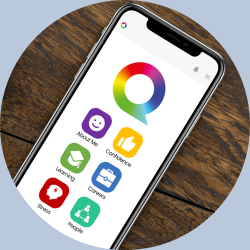
Convenient
Q works on the young person’s own device. They register by themselves and they choose their own password and off they go with their unique Q operating via the cloud. Q is optimised for use on a smartphone but can also be accessed via the web on a tablet. It can equally be accessed by the young person privately using their Q password on someone else's device (such as a parent or guardian's smartphone or family tablet) and then safely logged off at the end of the session.
For more information on the science behind Q click here